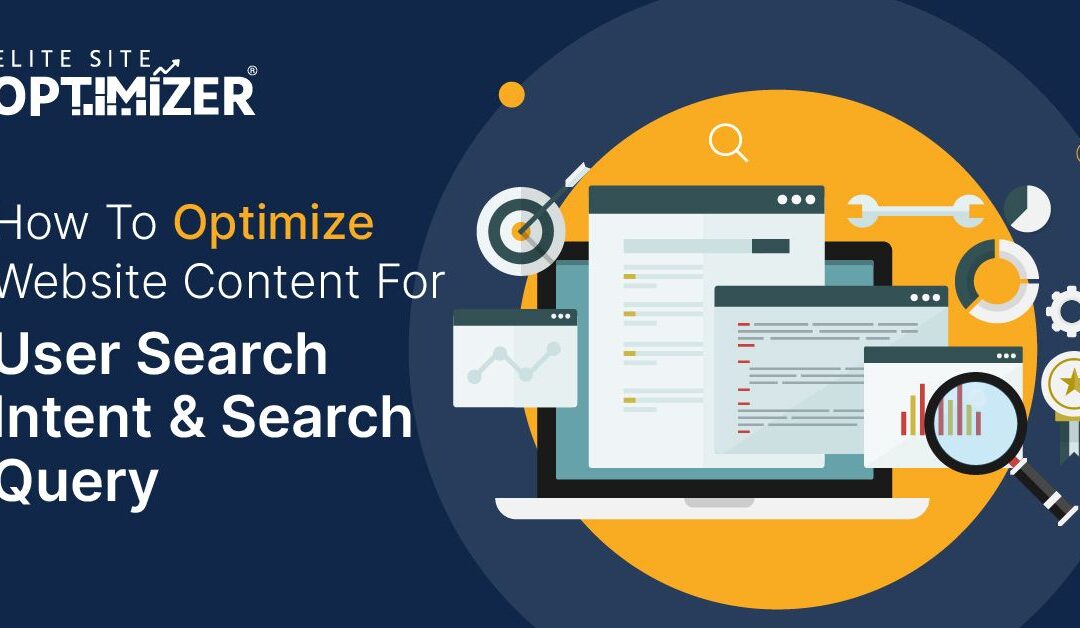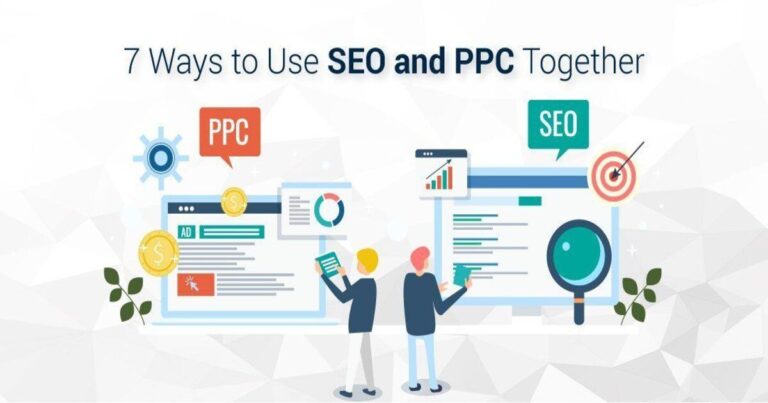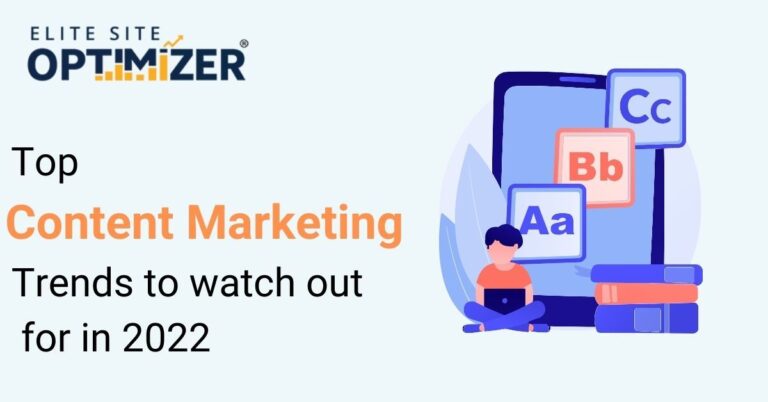When a person goes online searching for something, it is vital that the search engine understands the visitor’s intent and accordingly displays the result. The metadata or the little snippets of the information displayed result from the evaluation of the user’s intent. However, when you build the metadata, it is also essential to consider the structured data and the URLs of the individual web pages to ensure that the visitor can find what they are looking for and their intent is met. It is essential that when you develop the website of your company, you optimize it to evaluate user search and intent. Some of the methods that you can implement to understand better user search intent or query are as follows:

1. Informational Intent
When a user types in a keyword, the search engine evaluates the keyword’s primary meaning and displays the relevant results. This is informational intent, which in other words, the search engine’s information is based on keyword ranking. The most commonly searched for items will be displayed first, followed by the less searched for items. The chronological order displays the information provided by the search engine based on the keywords provided. Evaluation of the informational intent of visitors is necessary to organize the information on your website, so as to attract suitable web traffic to your company’s website.
2. Navigational Intent
The navigational intent is based on analytics and data mining. Evaluating navigational intent is necessary to understand the nature of organic traffic visiting your website. Navigational intent can be quickly evaluated as these are visitors who are aware of the websites they wish to visit. Usually, such visitors come across websites on social media platforms. Say, for instance, a visitor clicks on your company’s website through an advertisement of your company that you have placed on Facebook; you can consider this a navigational intent. This will help you understand the amount of organic traffic coming to the company’s website regularly.
Read also:- Why does the search result title differ from the page title?
3. Transactional Intent
The transactional intent is a type of search intent used to understand visitors’ objectives looking to make online purchases. Every day numerous people browse through websites looking for products to purchase. Based on the items they make queries about, check, evaluate or even purchase, their objectives can be evaluated. This is important when analytics is carried out, and the transactional intent of people is to be evaluated. People who have transactional intent browse online to make purchases.
4. Commercial Intent
The objective behind evaluating commercial intent is to understand individuals who browse websites to understand products available in the market better. It is a form of commercial investigation as well. Web research is carried out by individuals, usually before making purchases. The commercial intent is essential to understand the SEO plug-ins, which will prove to be helpful. The commercial intent is essential to understand the structured data you need to build for your company’s website.
Understanding the people’s search intent, who are doing the searches, is essential to build the websites. Based on the intent and the structured data, you can build the metadata, which is essential to achieving a higher ranking on the search engine landing page. Product pages need to be optimized to ensure that it meets your visitors’ search intents.
They must be able to identify the products they wish to purchase quickly. Additionally, the data you provide should be categorized so that your visitor can easily navigate the page. All of these together can help build a unique and exciting website. Such a website will attract more web traffic, and as a result, will receive a higher ranking.






